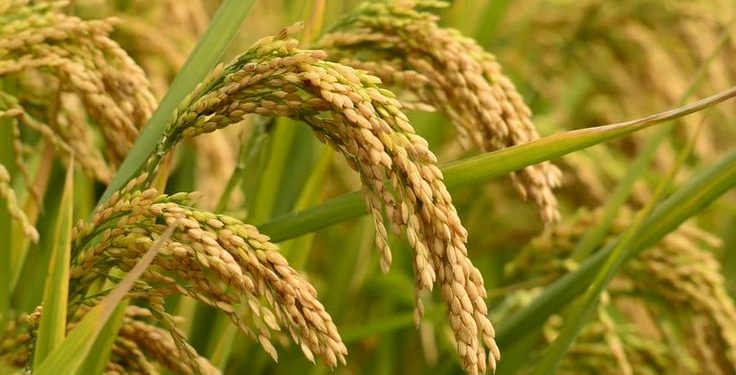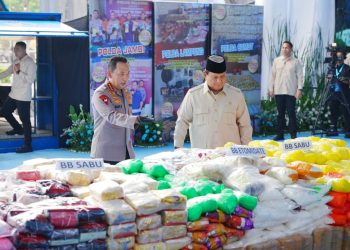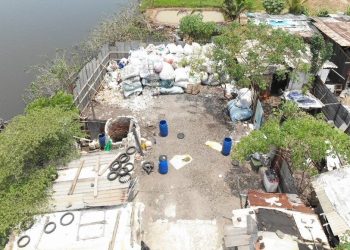Jakarta, Indonesia Sentinel — Indonesia has been named the world’s fourth-largest rice producer by the Food and Agriculture Organization (FAO), according to the UN agency’s Food Outlook Biannual Report on Global Food Markets released in June 2025. The ranking places Indonesia ahead of key Southeast Asian rice producers, including Vietnam, Thailand, Myanmar, and the Philippines.
The FAO projects Indonesia’s rice production to reach 35.6 million tons for the 2025–2026 planting season, marking a 4.5 percent increase from the previous cycle’s 34 million tons.
“This growth indicates that Indonesia continues to demonstrate competitiveness and resilience in its agricultural sector, particularly in strategic food commodities,” the FAO report stated.
India remains the top rice producer globally, with an estimated 146.6 million tons, followed by China with 143 million tons, and Bangladesh in third with 40.7 million tons.
Arief Prasetyo, head of Indonesia’s National Food Agency (Bapanas), welcomed the FAO’s recognition, highlighting the country’s strong rice output this year.
“From January until now, Indonesia’s rice production has seen extraordinary growth compared to last year,” Arief said in a written statement released Sunday (June 29, 2025).
Read Also:
According to Arief, the government’s rice stock held by state logistics agency Bulog currently stands at 4.2 million tons. Bulog has absorbed approximately 2.6 million tons of unhusked rice from local farmers so far this year.
Despite the positive outlook, Arief acknowledged challenges ahead. He warned that rice production is expected to decline in the second half of the year.
“The second semester is typically tough, especially in November, December, and into January. During that time, we must ensure that government rice reserves are in place, just as we’re doing now. We’re on the right track,” he said.
Indonesia’s main harvest season has concluded, and the upcoming harvests over the next one to two months are not expected to be significant. During the March–April peak season, Indonesia harvested around 10 million tons of rice equivalent. Of that, about 2.5 to 2.6 million tons were absorbed by Bulog, with the remainder still held by rice mills, local communities, and farmers.
(Raidi/Agung)


























